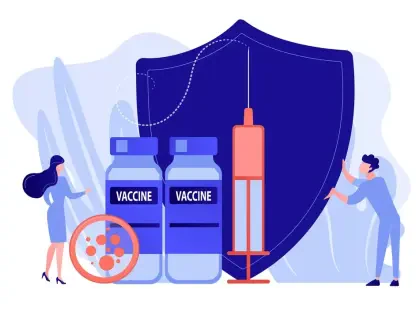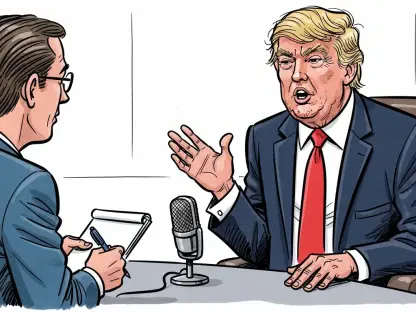The opioid epidemic has been likened to a raging storm, leaving communities devastated in its wake. As the clouds begin to part, the Sackler family and their company, Purdue Pharma, are at the center of a landmark $7.4 billion settlement. This development marks a pivotal moment in the ongoing battle against one of America’s most pervasive public health crises.
Accountability Arrives for Purdue Pharma and the Sackler Family
The question facing many is whether the settlement means accountability has finally arrived for Purdue Pharma and the Sackler family. This settlement comes after years of legal wrangling over their role in the opioid crisis, acknowledging they played a significant part in fueling the epidemic through aggressive marketing and mass production of opioids. While the agreement represents a historic collective effort among all 50 U.S. states, Washington D.C., and four territories, Connecticut Attorney General William Tong and other experts caution that financial restitution alone cannot heal the deep scars left by the crisis.
The deal’s significance lies not only in its size but in the official recognition of the substantial harm Purdue Pharma caused. The settlement is a major step toward legal and financial accountability, showcasing the power and persistence of state attorneys general who collaborated across party lines to address opioid addiction’s far-reaching impacts.
Opioid Crisis: Big Pharma’s Role
To understand the necessity of the settlement, one must examine the role of big pharmaceutical companies in the opioid crisis. Over two million Americans have faced opioid addiction, leading to hundreds of thousands of deaths. As addiction surged, Purdue Pharma stood accused of misleading marketing practices, encouraging prescriptions that promised pain relief while overlooking addiction risks. These actions exacerbated the epidemic, prompting widespread lawsuits that culminated in the current settlement.
Data reveals the crisis’s devastating impact: millions afflicted by substance use disorders, clogged emergency rooms, and families torn apart by prescription drug addiction. The settlement holds immense importance as it seeks to address such widespread harm and signals to pharmaceutical companies the importance of ethical marketing and production.
Details of the Settlement’s Legal Journey
The journey to this landmark settlement was fraught with legal challenges, including a prior deal nullified due to immunity provisions for the Sacklers. However, the Supreme Court overturned these issues, setting the stage for the current agreement. Attorneys general from 15 states played a critical role in negotiating settlement terms, aiming to achieve equitable justice for affected communities.
While the settlement’s $7.4 billion sum appears substantial, critics argue that not all aspects meet the level of responsibility deserved by those affected. Despite this, the agreement’s enactment reflects a wider trend of holding major pharmaceutical players accountable, paving the way for renewed efforts toward justice and reparations for victims of opioid addiction.
Expert Insights on Settlement Significance
Expert voices weigh heavily in the conversation surrounding the settlement. Connecticut Attorney General William Tong remarks on its significance, noting the insufficiencies in restoring the lives shattered by the opioid crisis. Meanwhile, other experts acknowledge the settlement as both a victory and a step toward genuine accountability.
This collective effort symbolized by the settlement exposes layers in legal litigation against big pharma. It illustrates the balance between financial reparations and the pursuit of comprehensive justice for communities devastated by opioid addiction, underscoring the need for continued vigilance and reform in painkiller production.
Distribution and Impact on Affected Communities
Future endeavors focus on distributing funds to those impacted communities. Structured payments from the Sacklers and Purdue Pharma will be allocated primarily within the first three years, funding initiatives for local governments, Native American tribal governments, and individuals confronting opioid addiction. This distribution model addresses the dire need for recovery support, illustrating a commitment to healing community wounds.
As the funds begin to flow, they aim to halt the epidemic’s downward spiral by promoting recovery programs, healthcare infrastructure, and preventive training. The settlement is more than a financial agreement; it is a crucial step toward rebuilding lives and creating sustainable recovery frameworks that can withstand the crisis’s long-term effects.









